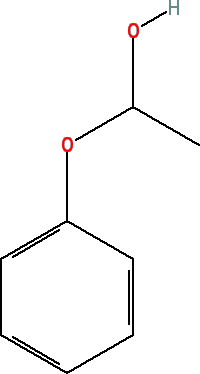Phenoxyethanol
Safety Information
The safety profile of 2-phenoxyethanol has been extensively investigated in laboratory studies assessing the endpoints of single and repeated dose toxicity; genotoxicity (i.e., potential for damage to the genetic material of cells); reproductive toxicity; developmental toxicity (i.e., potential harm to developing fetus); skin irritation and sensitization (allergic skin reactions); skin penetration; and metabolism in the body. In addition, human clinical trials have evaluated its potential for irritation, sensitization, and phototoxicity. The following are summaries of some such assessments.
The Expert Panel for Cosmetic Ingredient Safety reviewed phenoxyethanol in 1990 by examining available scientific literature and data.
Phenoxyethanol was shown to be neither a primary nor cumulative skin irritant; it was neither classified as a skin sensitizer nor phototoxic. Test data showed phenoxyethanol was not genotoxic nor of concern for systemic toxicity. Therefore, it was concluded to be “safe as a cosmetic ingredient in the present practices of use and concentration,” generally < 1%.
In a 2007 review of phenoxyethanol, conducted to consider available new data, the Expert Panel reaffirmed the original “safe as used” conclusion.
FDA
The U.S. Food and Drug Administration (FDA) reviewed the safety of phenoxyethanol (also called ethylene glycol monophenyl ether) and approved its use as an indirect food additive. (21CFR175.105)
Regulation (EC) No. 1223/2009 of the European Union names phenoxyethanol in the list of preservatives allowed in cosmetic products (Annex V, entry 29). The maximum concentration in ready-for-use preparations is 1.0%.
MYTH: The use of phenoxyethanol in cosmetics and personal care products can be harmful to babies.
FACT: The safety of phenoxyethanol, as used in cosmetics and personal care products, has been affirmed by authoritative scientific experts in both the United States and Europe. It is true, however, in 2008, the FDA warned consumers not to use or purchase one specific product because two of its ingredients (chlorphenesin and phenoxyethanol) reportedly could cause respiratory distress or vomiting and diarrhea in infants who might be exposed to it when nursing. While FDA had not received any reports of illness linked to the product, it was nevertheless removed voluntarily from the market.
